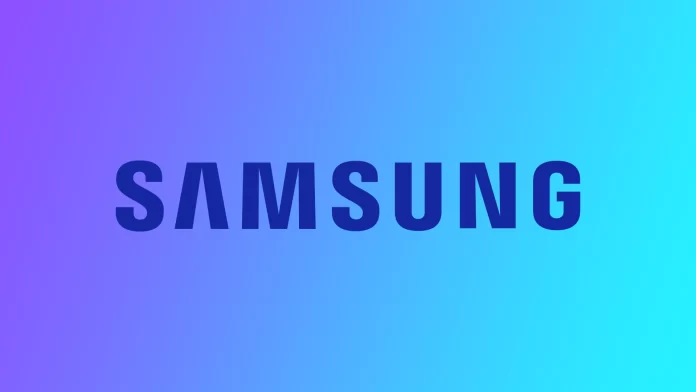Today’s Samsung TVs are pretty sophisticated and advanced. They have many of the most valuable tools and applications that you need to access the desired content quickly. This is achieved through the Smart TV features. Your Samsung TV is built into a small computer with its operating system, which controls all the functions of your TV. One of the most exciting and valuable tools in the new Samsung TV is enabling Multiview mode. It helps to display on your screen a signal from multiple sources. However, some users have problems with it.
The thing is that this mode can be activated by default if you connect multiple active devices to the Samsung TV at the same time. Also, the Multiview icon in the menu of your Samsung TV can annoy some users. In this case, you will likely need to disable this icon and possibly altogether disable this mode. It’s pretty easy to do this on any Samsung TV directly from the settings. Let’s take a closer look at how it works and what you need to do.
What is Multiview on Samsung TV, and how it works
Let’s first understand how Multiview works on Samsung TV. Suppose you are not interested in learning more about Multiview on Samsung TV. In that case, you can skip to the next section, where you will find detailed information on how to disable Multiview and remove the icon from your Samsung TV.
Multiview is a feature that allows you to display multiple picture sources on your screen simultaneously. Your Samsung TV will display two windows with different applications or sources simultaneously. For example, you can display YouTube in one window and run the game console on the other to play your favorite game and watch the guide on it. This way, you can combine almost anything on your Samsung TV.
Although this feature appeared in the newer Samsung Smart TVs, it is in some non-smart models. Usually, to turn it on, you will need to use the special button on your remote control or an icon in the menu or run the same time two signal sources, and your Samsung TV will prompt you to enable Multiview. It is worth noting that not all applications support this mode, and there are certain restrictions in working with it.
How to disable the Multiview icon on Samsung TV
First, I propose to deal with the newest Samsung TVs running the Tizen operating system. To remove the Multiview icon on your Samsung TV, you will need to disable Multiview auto-start when you connect more than one signal source at a time. Of course, you will still have the option to enable Multiview on your remote, but the icon should disappear. To do this, you need to:
- Click on the Settings button. (If your remote does not have a Settings button, go to the Samsung Home menu and open the sidebar with the left d-pad button. From here, you can select Settings.
- Then click on General & Privacy.
- Scroll down the list and select Start Screen Options.
- Here you need to disable Multiview Mirroring and Autorun Multiview Casting.
When you disable these options, Multiview will no longer turn on automatically. You can still turn it on with the remote control or with a special button in the Samsung TV home menu. Either way, once you disable these settings, Multiview will no longer be so intrusive, and you will have better control over this tool.
How to remove the Multiview icon on Samsung TV R to A 2021 and before
Also, some older Samsung R-Series and A-Series TVs up to and including 2021 will have slightly different instructions than other Samsung TVs. This is because they have a slightly different operating system shell. To disable Auto Multiview on these Samsung TVs, you will need the following:
- Go to Settings with the special button on the remote control or through the home menu of your Samsung TV.
- After that, select General.
- Then you need to click on Smart Features.
- Here, disable the Autorun MultiView option.
After that, the automatic start of Multiview on these Samsung TVs will be disabled. If you do not find Multiview-related items in the settings, you probably do not have this function, and you should refer to another guide to solve your problem. The disabling process is not much different from newer 2022 models, but the steps are slightly different.




